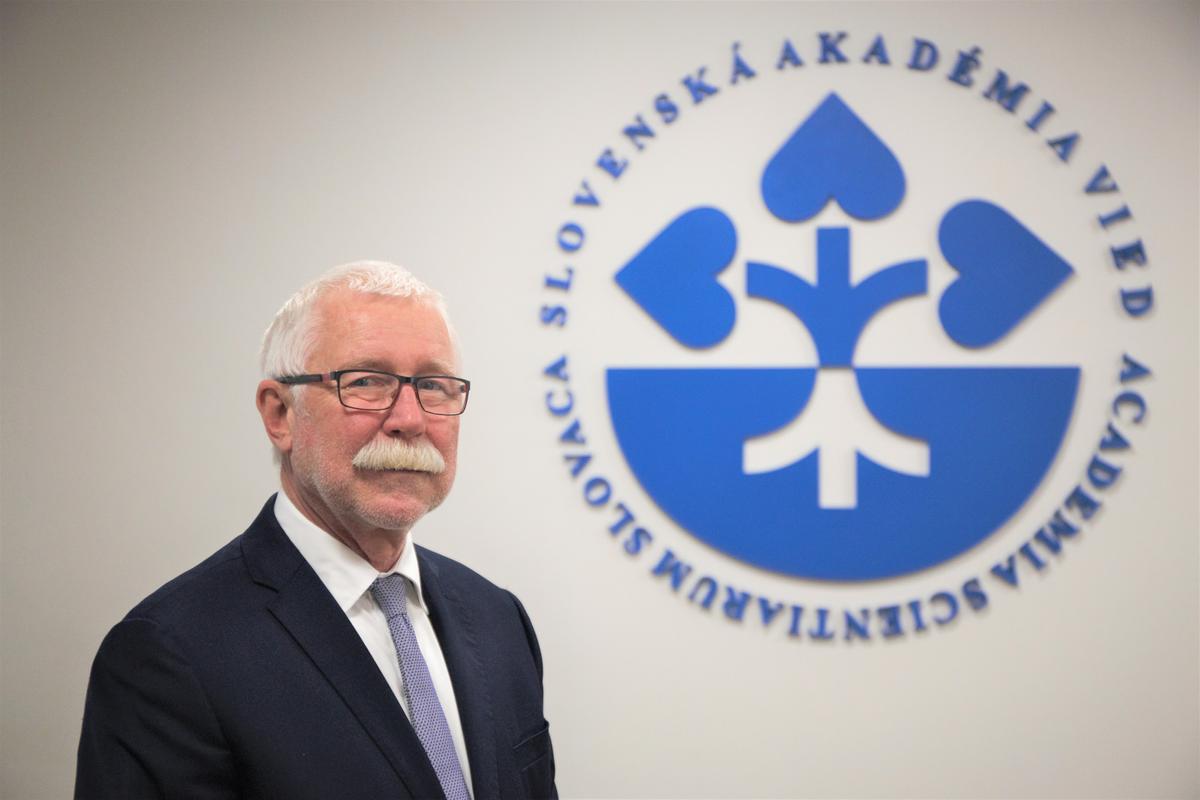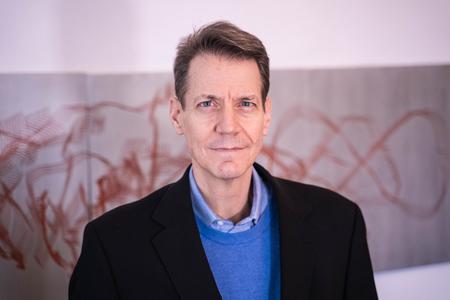After the Czecho-Slovak breakup 30 years ago, the Czech Republic became a benchmark for Slovaks to compare against in every walk of life. Yet, if Slovakia wants to be competitive, it has to compare itself with more developed countries, not only with the Czechs, says Pavol Šajgalík, chairman of the Slovak Academy of Sciences (SAV), in an interview with the Slovak Spectator.
How has science in Slovakia developed since 1993? What is Slovakia doing and can do better in order to become more competitive? Find out in the interview.
Many people tend to remember socialism with optimism and say things were better back then. Have you encountered something similar in connection to Slovak science?
Certainly not when it comes to people close to me. Those of us with experience of scientific work under socialism and after the revolution can attest that there are striking differences. First, during socialism, science was still undernourished when it came to money, but there were programmes called the State Basic Research Plan, which funded science. I would say that it was funded stress-free.
While today individual scientists need to apply for projects, back then the money arrived automatically, though the sums involved were not very high. We were also forced to be much more creative when it came to devices. I come from the Institute of Inorganic Chemistry and we made many of the devices in our workshops. This is because they were only available to the Western European market and we did not have the means to buy them, so we developed many in-house. A small dose of creativity was involved, but as well as a large dose of amateurism. I don’t think it was better then.
To stay up to date with what scientists in Slovakia or Slovak scientists around the world are doing, subscribe to the Slovak Science newsletter, which will be sent to readers free of charge four times a year.
What has changed?
The paradigm. Although institutional money flows kind of automatically, the amount is less and does not cover the potential research that individual workplaces have to perform. Scientists attend work not only to get paid, they also have to bring money to work. We have to apply for grant schemes in order to solve the scientific problems we find interesting or important for society.
This has changed. Also, the quality of science is certainly different. Now all workplaces at the Slovak Academy of Sciences are open to the world; they publish in journals available everywhere in the world, whereas in the past we were significantly focused on domestic production or the production of socialist countries. Only in some cases did we also publish in developed countries.
Can we talk about Slovak science in and of itself in the period before Slovakia and the Czech Republic separated?



